Chittagong faces a severe environmental crisis as burnt sugar waste from the S Alam Super Refined Sugar Industries Limited factory pollutes the Karnaphuli River, resulting in mass deaths of aquatic species, including fish and crabs.
Local residents first noticed adverse effects on Tuesday, witnessing dead and unconscious fish floating in the river, as burnt sugar waste from the factory flows directly into the Karnaphuli River through a drain, turning the water reddish along several kilometers.
Concerns among environmental authorities, activists, and local communities are mounting. Ferdous Anwar, director of the environment department's Chittagong office, stated that the decrease in oxygen content in the water is causing the death or weakening of fish and other biodiversity, pending confirmation from lab reports.
Environmentalists highlight the lack of proper waste disposal facilities at the factory, warning of irreversible environmental damage. Dr. Idris Ali emphasized the need for law enforcement agencies to address the situation, while Dr. Manjurul highlighted the potential consequences of pollutants on aquatic biodiversity.
S Alam Group General Manager (Admin) Akhtar Hasan defended the factory, claiming that burnt sugar waste is not directly falling into the Karnaphuli and poses no harm to the river or aquatic life.
The recent fire at the sugar mill exacerbated the situation, with over 100,000 tons of raw sugar burnt, causing extensive damage and raising further concerns about pollution.
Local residents express concern over the sudden availability of lobster and small fish, indicating a significant change in the river's ecosystem. Srivas Chandra, Chittagong District Fisheries officer, acknowledges the issue and warns of worsening conditions if the pollution persists.
Chittagong University Zoology Department Associate Prof M Abdul Waheed Chowdhury explains the consequences of eutrophication caused by excessive



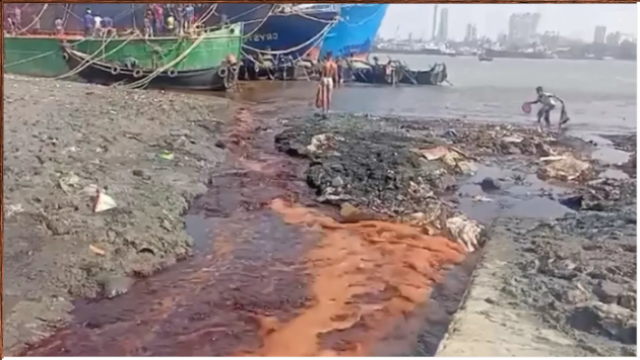
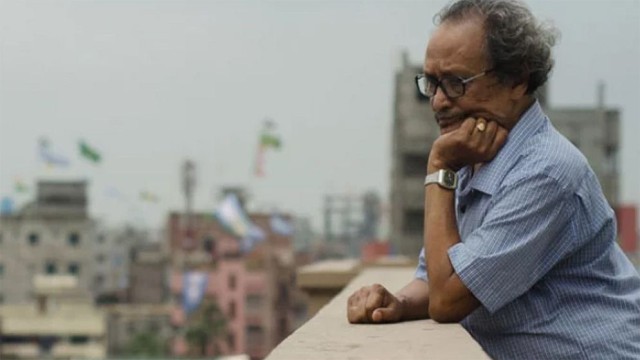

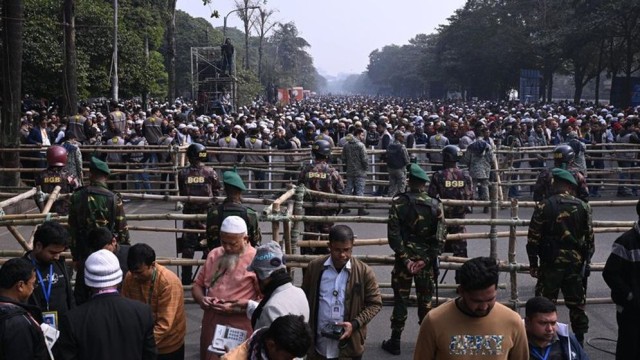
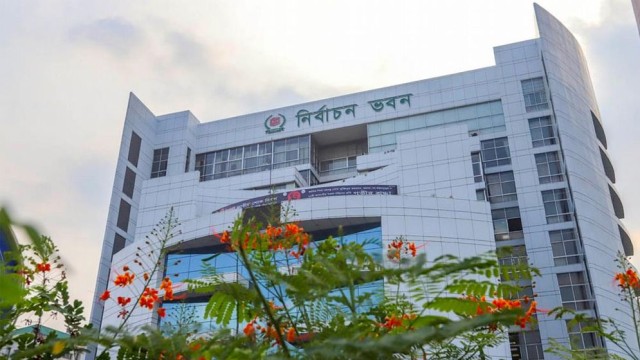


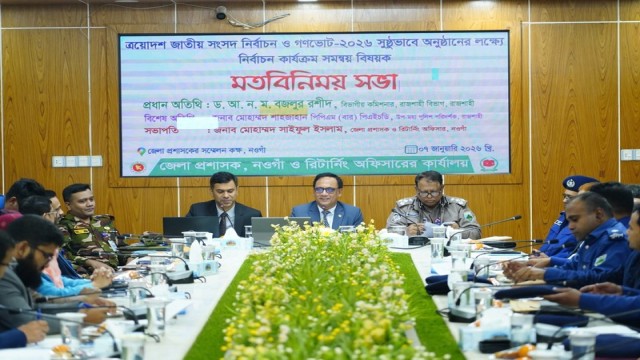

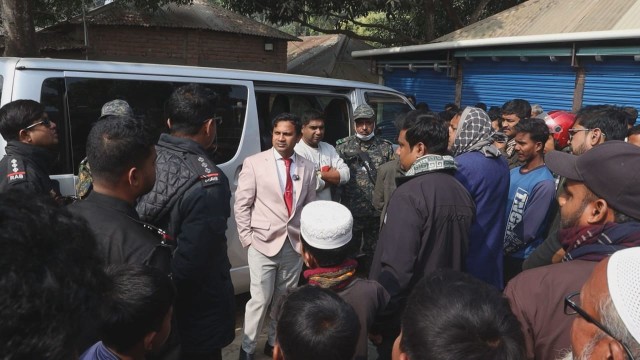
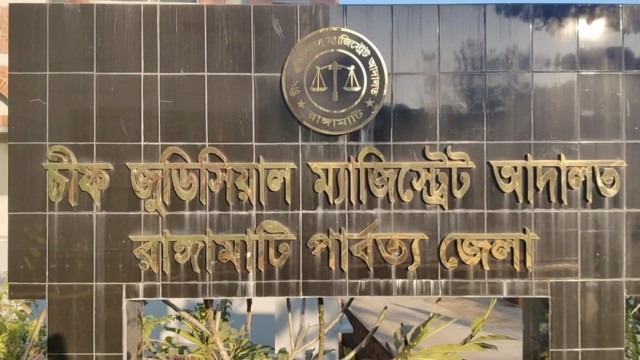
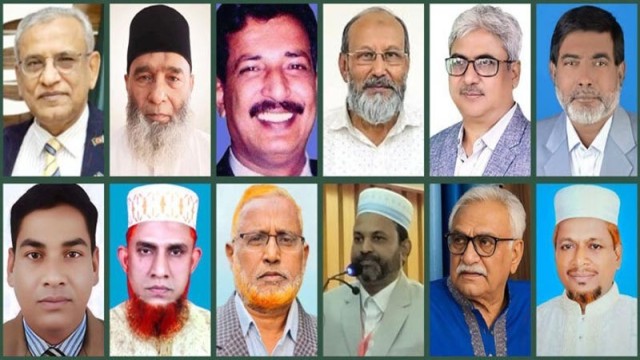







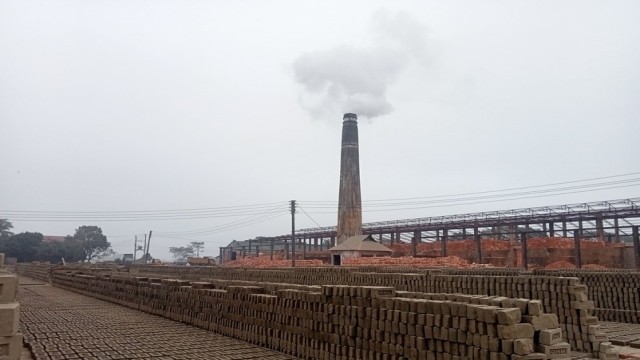
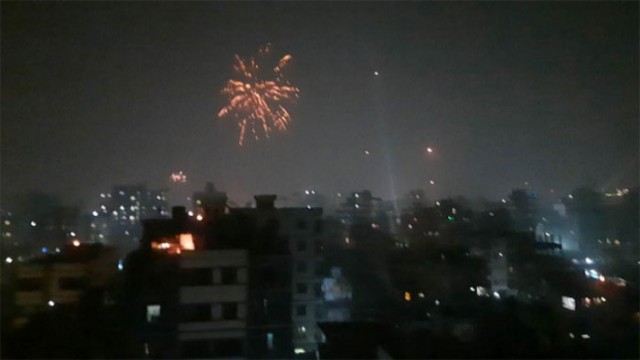
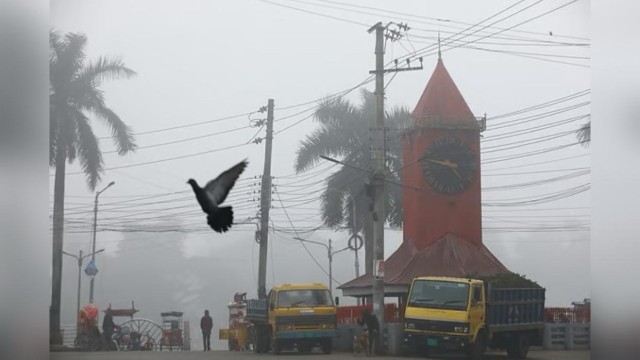
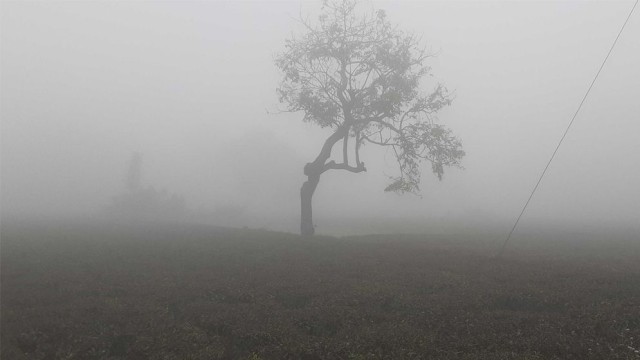

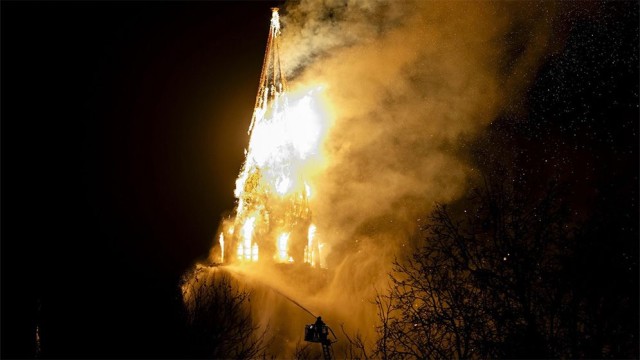
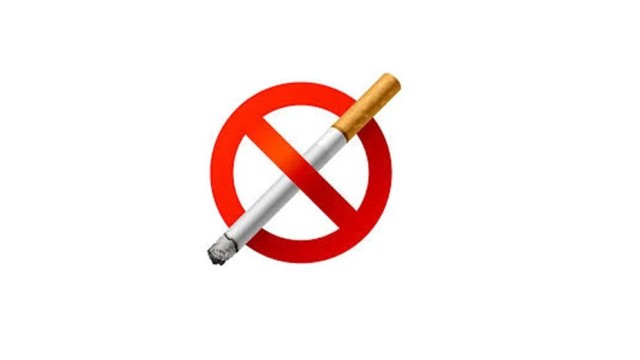


Comment: